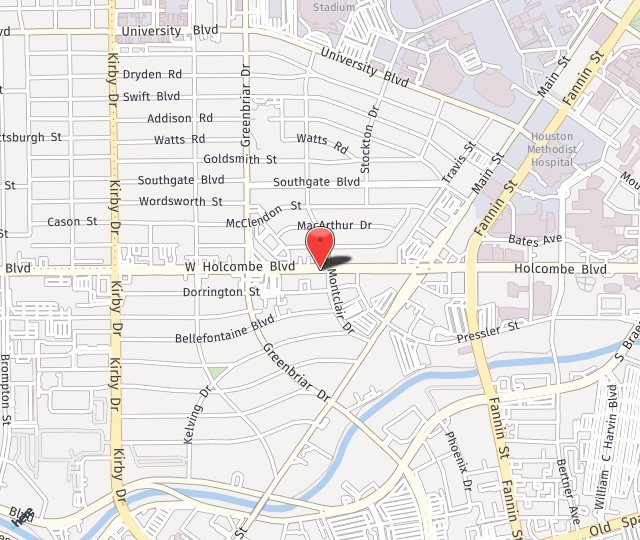Do I Need TMJ Surgery? Consider Your Non-surgical Options
There are many non-surgical TMJ options available for patients. In many cases from overbites to TMJ pain and facial asymmetry, there are usually many noon-surgical ways to help patients. The CBS Horrors of TMJ Surgery, made no reference to options patients should consider in place of surgery. These also seemed to be pretty aggressive surgeries. […]
Do I Need TMJ Surgery? Consider Your Non-surgical Options Read More »

